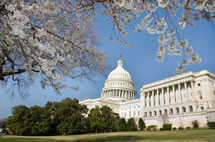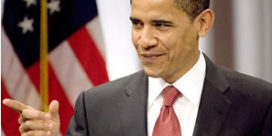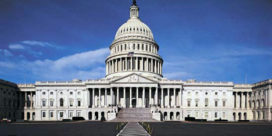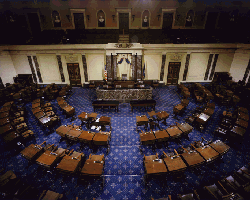Pell grants
Students footing more of bill for public higher education
The "public" component of public higher education is rapidly eroding, with public colleges now getting more than 43 percent of their revenues from student tuition as opposed to…
Pell Grants see significant changes in $1 trillion spending bill
Congress has passed a $1 trillion omnibus spending measure that includes significant changes to the federal Pell Grant program. What’s more, an Obama administration proposal to create a…
Pell grants saved-kind of
With the maximum allocation for Pell Grants preserved in the latest round of the budget showdown--despite much political football and an earlier House appropriations bill that threatened to…
Debt-ceiling bill includes $17B increase in Pell Grants
After weeks of political posturing, the agreement reached by lawmakers to raise the nation’s debt ceiling contains some good news for low-income undergraduate students—and bad news for other…
Unease grows about future of financing for Pell grants
With the lame-duck Congress winding down and a $5.7 billion gap in financing looming for next year’s Pell grants--and a further $8 billion gap for the following year--there…
House boosts college aid for students in need
Riding the coattails of a historic health care vote, the House on March 21 also passed a broad reorganization of college aid that affects millions of students and…
Student aid, linked to health care, gets a trim
Congressional Democrats on March 18 trimmed their original student loan plans, reduced spending for community colleges, and eliminated early childhood money from a broad rewrite of a college…
Groups make renewed push for student loan reform
Higher education and K-12 activist groups have stepped up their support in recent days for President Obama’s student lending reform legislation, which has stalled in the U.S. Senate…




